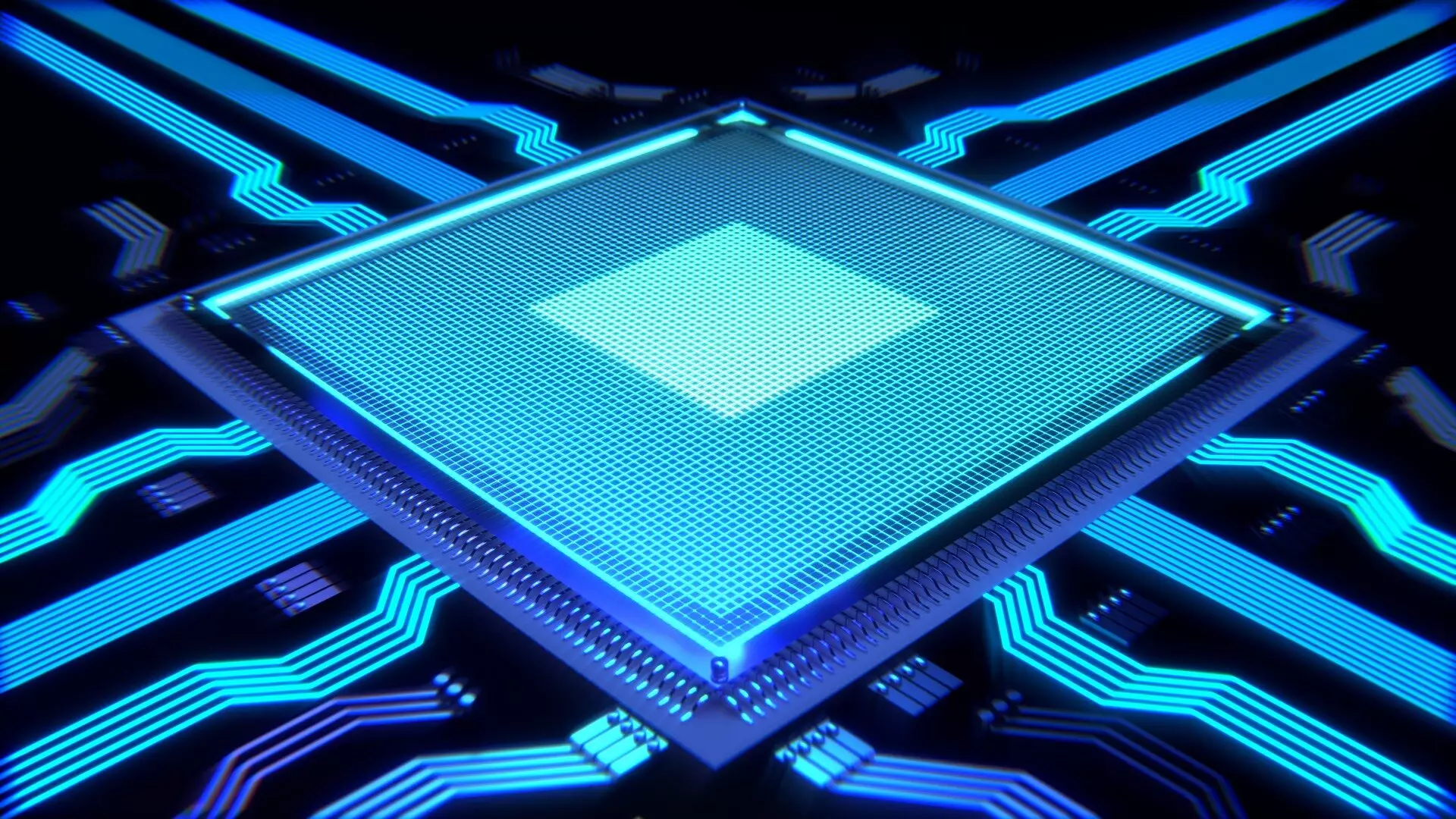University of Pennsylvania engineers have made a groundbreaking advancement in computer processing with the development of a new chip that utilizes light waves instead of electricity to perform complex mathematical calculations crucial to training artificial intelligence (AI). This silicon-photonic (SiPh) chip has immense potential to revolutionize the speed and energy efficiency of computers, surpassing the limitations of traditional chips. This article explores the innovative design of the SiPh chip and the potential implications for the future of AI technology.
The SiPh chip represents the convergence of two areas of groundbreaking research: manipulating materials at the nanoscale and utilizing silicon as a core component. Lead researcher and Benjamin Franklin Medal Laureate, Nader Engheta, integrates his insights into manipulating nanoscale materials with the SiPh platform, which leverages the cheap and abundant element, silicon. The use of silicon in mass-producing computer chips has paved the way for numerous technological advancements. However, the SiPh chip explores new frontiers by utilizing light waves to perform mathematical computations.
Engheta’s research group, in collaboration with Associate Professor Firooz Aflatouni, focuses on leveraging nanoscale silicon devices. The core objective of their research was to develop a platform capable of vector-matrix multiplication, a fundamental mathematical operation in neural networks that underpin modern AI tools. The key innovation lies in varying the height of the silicon, making it thinner at approximately 150 nanometers in specific regions. These variations allow for precise control over the propagation of light through the chip. As light scatters in specific patterns due to the height variations, the SiPh chip can perform mathematical computations at lightning-fast speeds.
The SiPh chip’s design has been optimized for commercial applications due to the constraints imposed by the commercial foundry that produced the chips. This makes the chip readily available and adaptable, with potential uses in graphics processing units (GPUs) for AI systems. Incorporating the SiPh platform as an add-on to GPUs could significantly accelerate training and classification processes. The soaring demand for GPUs in the development of AI systems makes the SiPh chip an invaluable asset in enhancing performance and efficiency.
The impact of the SiPh chip extends beyond its exceptional speed and energy efficiency. Engheta and Aflatouni’s creation also offers significant advantages in terms of privacy. The parallel computations enabled by the SiPh chip eliminate the need to store sensitive information in a computer’s working memory. Consequently, a computer powered by this technology would be practically unhackable, as there would be no existing memory to access and compromise. This groundbreaking advancement in privacy protection could revolutionize cybersecurity and enhance data privacy in AI systems.
The SiPh chip represents a major step forward in the efforts to overcome the limitations of traditional computer chips. By harnessing the power of light waves, the SiPh chip has the potential to reshape the landscape of AI technology. The unprecedented speed, energy efficiency, and privacy it offers pave the way for the development of more advanced AI systems. As the demand for faster, more efficient AI technology continues to surge, the SiPh chip’s adaptability and commercial readiness position it as a game-changer in computer processing.
The SiPh chip developed by University of Pennsylvania engineers signifies a paradigm shift in computer processing. By utilizing light waves instead of electricity, this innovative chip enables lightning-fast computation speeds while minimizing energy consumption. The integration of nanoscale manipulation and silicon brings forth new possibilities for AI systems. The SiPh chip’s commercial readiness, adaptability, and privacy advantages make it a significant contender in revolutionizing computer processing and propelling the future of AI technology.


Leave a Reply